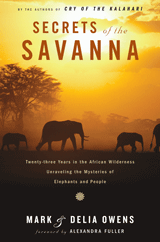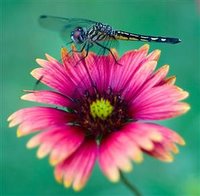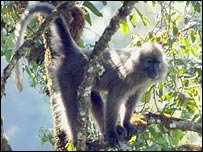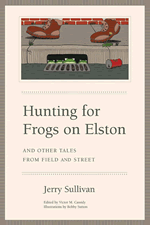Papillon
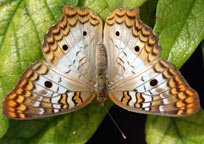
Butterflies! opens this Saturday, May 27, where you can check out over 25 North American species. Brookfield Zoo's seasonal exhibit (located just west of the Carousel near the North Gate) will feature more pathways and water features, along with a new pupa room so that you can get an up-close look at pupae before they emerge as adults.
There are approximately 20,000 species of butterflies in the world. About 725 species have occurred in North American north of Mexico, with about 575 of these occurring regularly in the lower 48 states of the United States, and with about 275 species occurring regularly in Canada. Roughly 2000 species are found in Mexico.
In most parts of the United States, you can find roughly 100 species of butterflies near your home. The number is higher in the Rio Grande Valley and some parts of the West, somewhat less in New England. As one goes northward into Canada the number decreases, while as one goes southward into Mexico the number greatly increases.
Most adult butterflies drink nectar from flowers through their tongues, which function much like straws. A minority of butterflies almost never visits flowers, instead gaining sustenance from tree sap, rotting animal matter, and other organic material. Butterfly caterpillars almost all eat plant matter. Mainly the caterpillars eat leaves, but some species eat seeds and seed pods while others specialize on flowers. Most species will eat only a small group of related plant species -- for example Pearl Crescent caterpillars will eat species of asters. Some species, such as Gray Hairstreaks, will eat a wide variety of plants and some will eat only a single plant species. Although they eat plants, very few butterfly caterpillars are agricultural pests and if caterpillars are destroying some of your garden plants, it is unlikely that they are butterflies (unless you planted those plants specifically to attract butterflies). The caterpillar of one North American butterfly,the Harvester, eats aphids.
...and an interesting fact about butterflies - they have chemoreceptors at the ends of their antennas and on the bottoms of their "feet" which enable them to smell.
If you're looking to learn more about butterflies, Brookfield Zoo Library recommends:
An obsession with butterflies: our long love affair with a singular insect by Sharman Apt Russell/ QL 544.R87 2003
Butterflies: how to identify them and attract them to your garden by Marcus Schneck/ QL542.S36 1990
Field Guide to Butterflies of Illinois by John K. Bouseman/ QL 551.I3.B68 2001
Flying flowers: the beauty of the butterfly by Rick Sammon/ QL 542.S36 2004
Other titles available in the SWAN catalog: http://swan.sls.lib.il.us
Butterflies of North America (USGS)
Children's Butterfly Site (USGS)
Electronic Resources on Lepidoptera
Illinois Butterfly Monitoring Network
North American Butterfly Organization (NABA)


